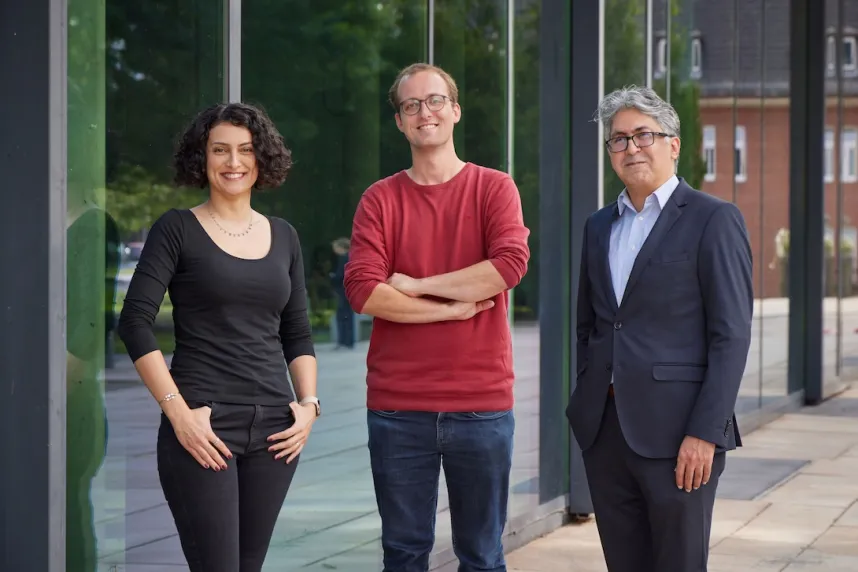Beyond Black Boxes: Constructor University Wins Big Data Challenge with Transparent Fraud Detection Model
A team of researchers from Constructor University has claimed first place in the Professional Track of the 2025 Bremen Big Data Challenge (BBDC), earning top honors with a transparent, rule-based statistical model that outperformed traditional machine learning methods in identifying fraudulent financial transactions. The annual competition, organized by the Cognitive Systems Lab (CSL) at the University of Bremen, brings together participants to tackle real-world problems using advanced data analysis techniques. This year’s task focused on fraud detection – an area typically dominated by complex, opaque machine learning (ML) algorithms. The competition drew a strong field, including teams from leading AI companies across the region.
A Transparent Alternative to AI Black Boxes
Led by Dr. Johannes Falk, a postdoctoral researcher in the Computational Systems Biology Group of Prof. Dr. Marc-Thorsten Hütt, the team took an unconventional route. Dr. Falk, along with his colleagues Eda Cakir and Dr. Ali Salehzadeh-Yazdi, tested conventional models, including LSTM neural networks. However, the winning solution came from a rule-based statistical model. The model achieved an outstanding F1 score of 0.9992, a key indicator of accuracy in fraud detection. “Our goal wasn’t just to solve the problem,” says Dr. Falk, “but to show that careful, transparent analysis can rival or even surpass black-box AI methods.”
“Of course, we also applied standard machine learning techniques, such as recurrent neural networks like LSTM (Long Short-Term Memory) models,” explains Dr. Falk. “But we found that our rule-based statistical model outperformed them in both clarity and precision.” ML models often require large volumes of labeled data and offer little insight into why a decision is made. In contrast, the developed statistical model relies on clear rules and probabilistic reasoning, allowing the team to understand, explain, and fine-tune every part of their system. “In some sense, this rule-based predictive model is based on the deepest neural network of them all – the human brain – via the researchers’ motivation to understand the mechanisms underneath the data” explains Professor Hütt.
A showcase of scientific thinking and precision
By analyzing the money flows in the network and the community structure, the team managed to identify some accounts that are almost certainly not fraudsters. Based on this subset, the team built a behavioral profile of typical legitimate account activity, including transaction frequency, timing, and structure. All other accounts were then compared to this profile using statistical models and rule-based filters to assess the likelihood of fraudulent behavior. This two-step strategy – grounded in both data exploration and theoretical rigor – delivered exceptional performance. What sets this achievement apart is not just its originality, but the level of scientific discipline behind it. Building such a model solution without relying on ML requires deep understanding of data dynamics and probabilistic modeling.
The winning team from Constructor University, operating under the name SpiderBobs, includes three members of the Computational Systems Biology Group at Constructor University. Their victory reflects the university’s commitment to interdisciplinary research and solving complex problems through innovation and scientific precision.
Questions answered by:
Dr. Johannes Falk | Postdoctoral researcher in the Computational Systems Biology Group
jfalk@constructor.university
